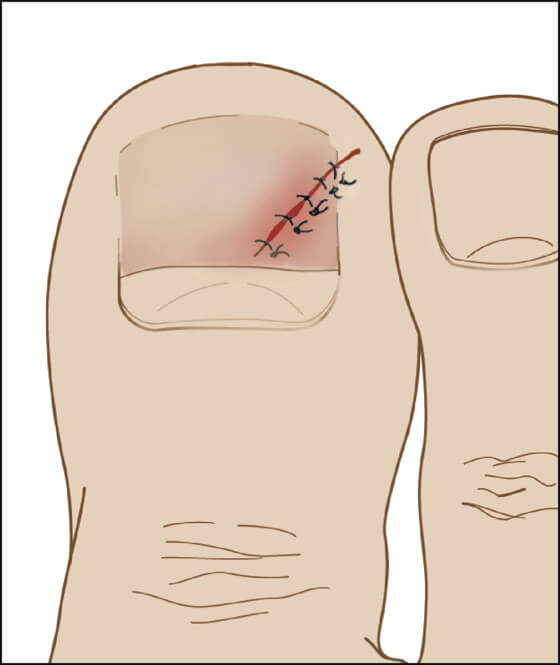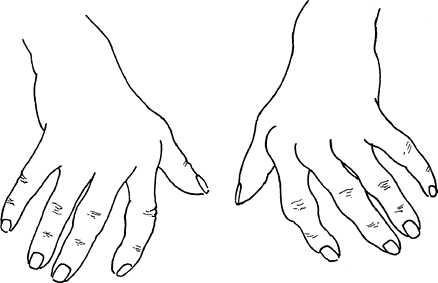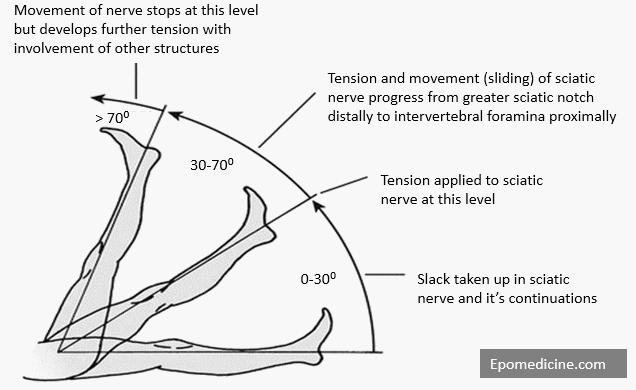Clinically, the Van Beek classification system denominates 5 principal nail bed injuries, subclassified by location within the nailbed (involving either the sterile and/or germinal matrix, respectively) and the extent of injury.

Germinal Matrix Injury
- GI: Small subungual hematoma proximal nail (<25%)
- GII: Germinal matrix laceration, large subungual hematoma (>50%)
- GIII: Germinal matrix laceration and fracture of distal phalanx
- GIV: Germinal matrix fragmentation
- GV: Germinal matrix avulsion
Sterile Matrix Injury
- SI: Small subungual hematoma (<25%)
- SII: Sterile matrix laceration, large subungual hematoma (>50%)
- SIII: Sterile matrix laceration with tuft fracture
- SIV: Sterile matrix fragmentation
- SV: Sterile matrix avulsion
Grade I injuries can be treated non-operatively or decompression or nail removal if the condition is very painful.
Grade II, III and IV injuries require nail removal, debridement of nail bed and repair of the nailbed followed by nail replacement +/- K wire fixation for distal phalanx fracture.
Grade V (avulsion) injuries require suturing of nail bed in anatomic position.
Use absorbable sutures (6-0, 7-0) to suture nail bed lacerations. Use non-absorable suture to fix nailplate to the nail bed.



Please consider creating an app.. it will be very helpful 🙏